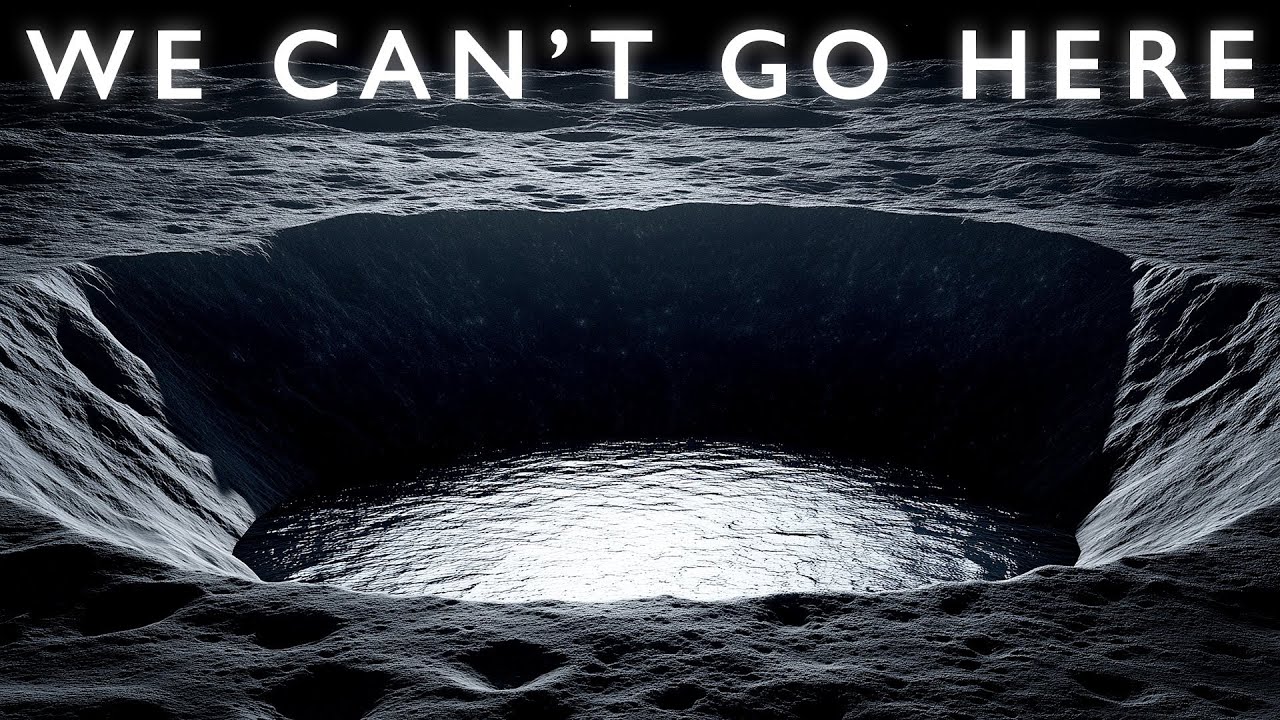The Moon, our celestial neighbor, has captivated humanity for centuries. It’s more than just a beautiful sight in the night sky; it serves as a symbol of exploration and scientific inquiry. Despite mankind’s achievements in lunar exploration over the past five decades, many mysteries remain, particularly surrounding the presence of water on the Moon. Recent studies have ignited intrigue among scientists and space agencies alike, as the discovery of lunar water could revolutionize our ability to colonize the Moon and beyond.
The Quest for Lunar Water
The allure of finding water on the Moon goes beyond mere curiosity; it is essential for future lunar colonization. Water not only supports human life but also can be converted into hydrogen and oxygen for rocket fuel, greatly impacting space travel logistics.
Historical Discoveries
The journey to uncover lunar water began with the Soviet Union’s Luna 24 mission in 1976, which returned soil samples containing trace amounts of water. This groundbreaking discovery was largely dismissed then as contamination, but it laid the groundwork for future investigations.
In 1994, NASA’s Clementine mission revealed potential permanently shadowed regions (PSRs) at the Moon’s South Pole that might harbor frozen water ice. However, early missions failed to detect concrete evidence of ice. A significant breakthrough occurred in 2008 with India’s Chandrayaan-1 mission which confirmed the presence of water in the form of vapor, reigniting global interest in lunar exploration.
Modern Missions and Findings
As more discoveries emerged, subsequent missions by NASA and global partners sought to confirm and expand upon earlier findings. The Lunar Crater Observation and Sensing Satellite (LCROSS) mission in 2009 marked a pivotal moment by confirming the presence of water ice in lunar craters after impacting the Moon’s surface.
Recent estimates suggest there are about 600 billion kilograms of water ice on the Moon, comparable to the weight of 461 million cars. But how did this water survive the extreme conditions found on the lunar surface?
Analyzing the Conditions of Lunar Water
Lunar temperatures vary drastically, with daytime highs reaching 127°C (260°F) and nighttime lows plummeting to -240°C (-400°F). Most excitingly, unlike other celestial bodies, certain regions on the Moon are thought to have remained untouched by sunlight for millions of years, creating ideal conditions for water ice to remain stable.
Potential Sources of Water Ice
– Micrometeorite Impacts: These tiny space rocks may have brought water to the Moon’s surface over billions of years, delivering enough to create accumulations in shadowed craters.
– Solar Wind Reactions: Hydrogen from solar wind could react with oxygen in lunar soil to produce hydroxyl, which may then aggregate into water molecules.
– Water Trapping: Water could become trapped in tiny glass beads formed during meteoric impacts or hidden within the regolith (lunar soil).
The Latest Discoveries
Recent missions, including NASA’s Lunar Reconnaissance Orbiter (LRO) and the South Korean Danuri probe, have further explored the lunar surface. Notably, the LRO revealed that water appears to be distributed more broadly than previously thought, indicating that the Moon may be slightly wetter than scientists believed.
Challenges Ahead: Finding and Utilizing Lunar Water
While water detection has made leaps, the real challenge lies in accessing and using this resource. Scientists are facing complexities like electrical hazards in shadowed areas, potential electrostatic effects from lunar regolith, and extreme temperatures that could pose risks to exploration missions.
Key Obstacles
1. Electric Fields in Permanently Shadowed Regions: The craters can host electrical fields of hundreds of thousands of volts caused by solar winds, creating a dangerous environment for explorers.
2. Toxic Regolith: The fine lunar dust can be abrasive and has potential health risks for astronauts due to its electrostatic nature.
3. Extreme Temperatures: Retrieving ice from these craters requires equipment capable of withstanding extreme temperatures.
Future Prospects: Lunar Colonization and Resource Utilization
With advancements in technology, the potential for lunar colonization is becoming more realistic. Space agencies are planning new missions targeting the Moon’s South Pole, such as China’s Chang’e missions and NASA’s Artemis program, aimed for completion within the next decade.
These missions will focus on resource utilization and establishing sustainable habitats, further enhancing our understanding of lunar water sources. Key to these efforts will be:
– Developing new spacesuit technologies to protect astronauts from electrical shocks and dust effects.
– Utilizing robotic missions to safely assess and extract lunar resources.
– Exploring ways to convert lunar water into fuel and potable water for human use.
Conclusion: The Journey Continues
While water on the Moon remains an elusive gem, discoveries over the years have illuminated new pathways for future exploration. This quest not only expands our understanding of the Moon but also serves as a stepping stone into the wider solar system, potentially enabling the first steps toward long-term human presence beyond Earth.
A future with sustained lunar bases, utilizing local water resources to support life, is promising. With continued investment in lunar exploration missions and technology development, the dream of establishing a human footprint on the Moon is closer than ever before. Discoveries like those made by the Chandrayaan-3 mission affirm one guiding principle: if you want to find water on the Moon, consider taking a shovel.
As we continue to dive deeper into the mysteries of our solar system, it’s clear that we are just beginning to understand what lies beyond our home planet.
For those intrigued by the wonders of space and lunar exploration, stay tuned for more updates and feel free to share your thoughts on!
For a more in-depth understanding, you can watch the full video here:


